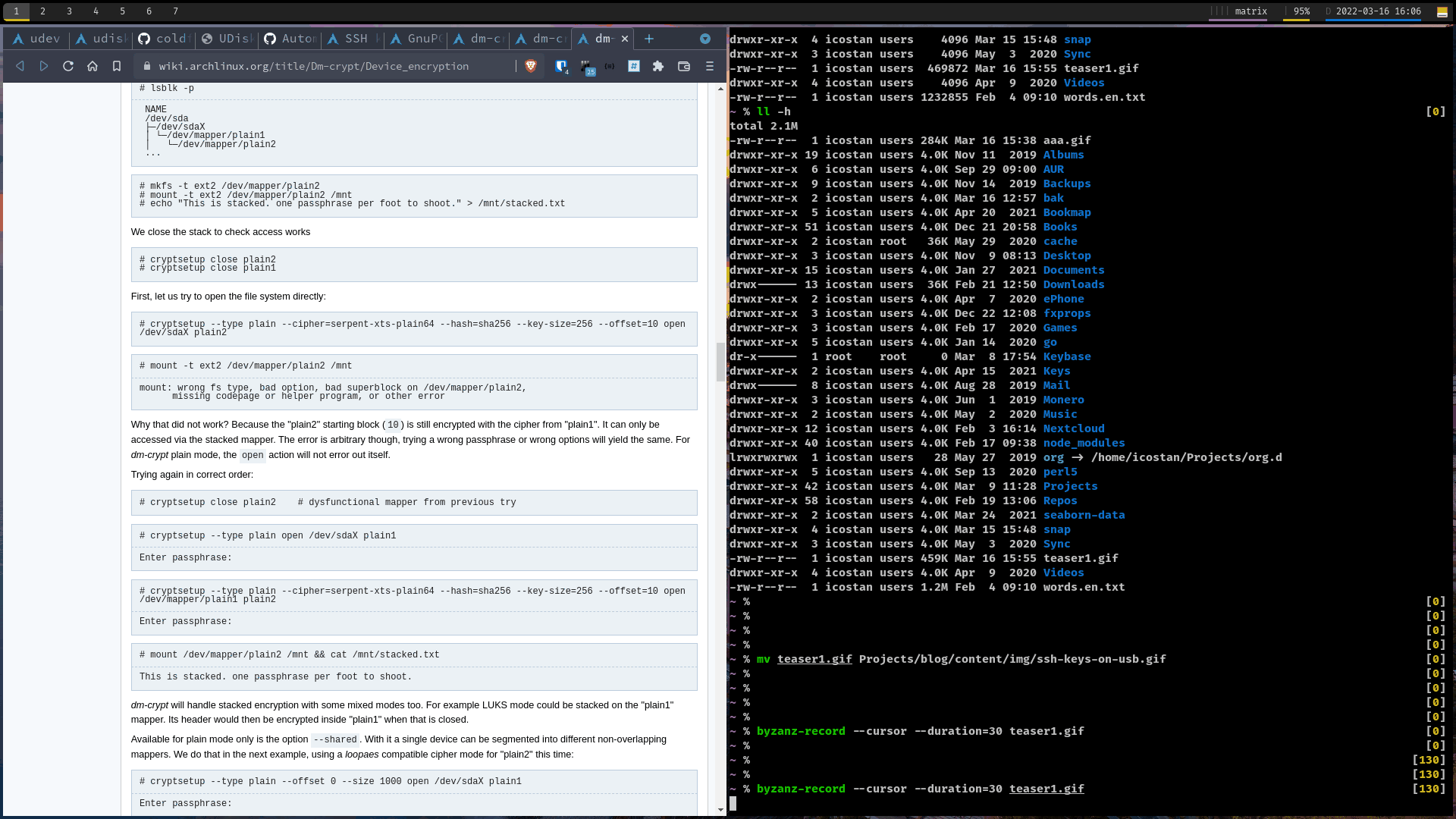

Iptables -I INPUT -p tcp -m multiport -dports http,https -s 131.0.72.0/22 -j ACCEPT Iptables -I INPUT -p tcp -m multiport -dports http,https -s 108.162.192.0/18 -j ACCEPT Iptables -I INPUT -p tcp -m multiport -dports http,https -s 104.24.0.0/14 -j ACCEPT Iptables -I INPUT -p tcp -m multiport -dports http,https -s 104.16.0.0/13 -j ACCEPT Iptables -I INPUT -p tcp -m multiport -dports http,https -s 103.31.4.0/22 -j ACCEPT Iptables -I INPUT -p tcp -m multiport -dports http,https -s 103.22.200.0/22 -j ACCEPT Iptables -I INPUT -p tcp -m multiport -dports http,https -s 103.21.244.0/22 -j ACCEPT Official specification of the Fetch standard for preflight requests Even objects that only manage paths inside domains will work with them, so there’s no need to enable CORS on the entire domain if you don’t feel like it. To manage CORS headers on Ingress Nginx, you may use these annotations on Ingress objects.
/02.jpg)
In this case, the header has to mention the origin domain explicitly. If it does, the preflight will be considered a failure by the browser.

One extra catch here is that this last header cannot present the value * when the main request contains authentication information (like cookies).
the response contains these headers: Access-Control-Allow-Methods, Access-Control-Max-Age and Access-Control-Allow-Origin. the HTTP status on the response is within 200-299. H "Access-Control-Request-Headers: origin, x-requested-with" \įor a preflight request to be considered successful, all of the following must be true: H "Access-Control-Request-Method: POST" \ When having problems with this process, you may see an error similar to this on your Chrome console: This determines if the browser will execute the main request or not. However, if you have a frontend application running on your browser with a domain like, let’s say, API calls directed to different domains, like, will be preceded by a preflight request. Therefore, it’s unlikely that you will face issues with it while working with libraries like Python’s Requests or CLI tools like curl. The concept seems deceptively simple, but the devil is in the details.įirst of all, its important to understand that CORS compliance is an optional standard and is mostly enforced by browsers, like Chrome, Firefox and Safari. If you’re anything like me, however, you had your fair share of wasted work hours trying to deal with it from time to time. CORS) is a powerful, and yet misunderstood, web standard for protecting web APIs from abuse. One way to zero while eMMC, however that will take lot of time.Cross Origin Resource Sharing (a.k.a. I tried wipfs -a but it has the same behavior. Now question is how can we remove this last mounted information from partition? with e2fsprog version 1.42.8įrom release note of e2fsprog-1.42.13 I see that last mounted is added to some structure. Last mounted on /mnt/rfs_src on Fri Feb 16 13:52:18 2018 Now while formatting a partition mkfs.ext4 complains that partition has filesystem on it and it was mounted at particular date in past and ask if it should proceed ? /dev/mmcblk0p15 contains a ext4 file system labelled 'rootfs' Partitions gets deleted however script re-partitions eMMC again in the same number of partitions.Īfter that it tries to format each partition using mkfs.ext4 (e2fsprogs version 1.42.13). Script erases gpt partition table using following commands #Delete primary gpt (first 17KiB)ĭd if=/dev/zero of=/dev/mmcblk0 bs=1024 count=17ĭd if=/dev/zero of=/dev/mmcblk0 seek=3735535 bs=1024 count=17 Wipefs raspbian software#
We have script to flash software on the board. We have Beaglbone black based custom board with 256MB RAM and 4GB eMMC.



/02.jpg)



 0 kommentar(er)
0 kommentar(er)
